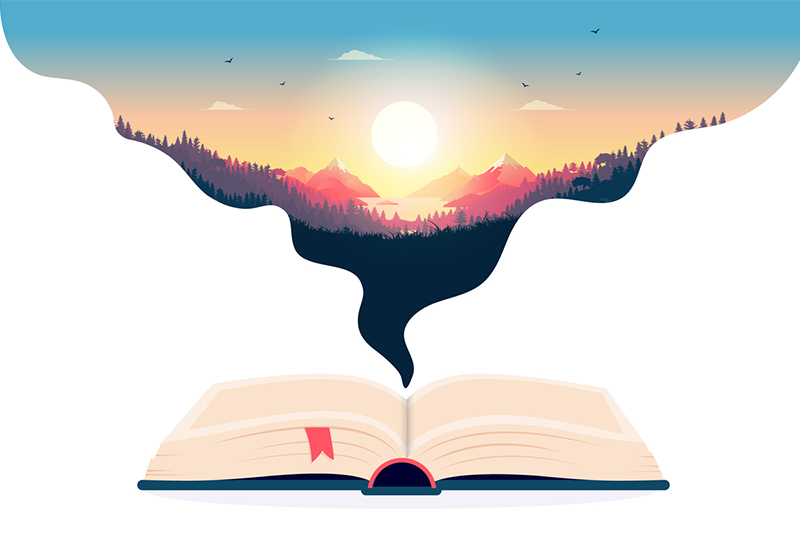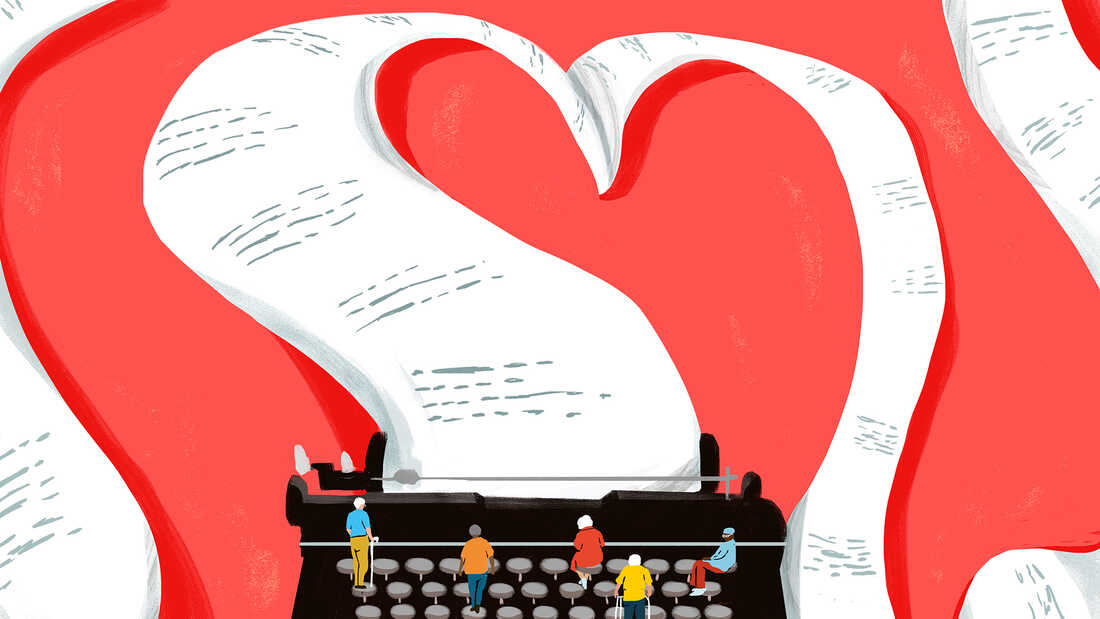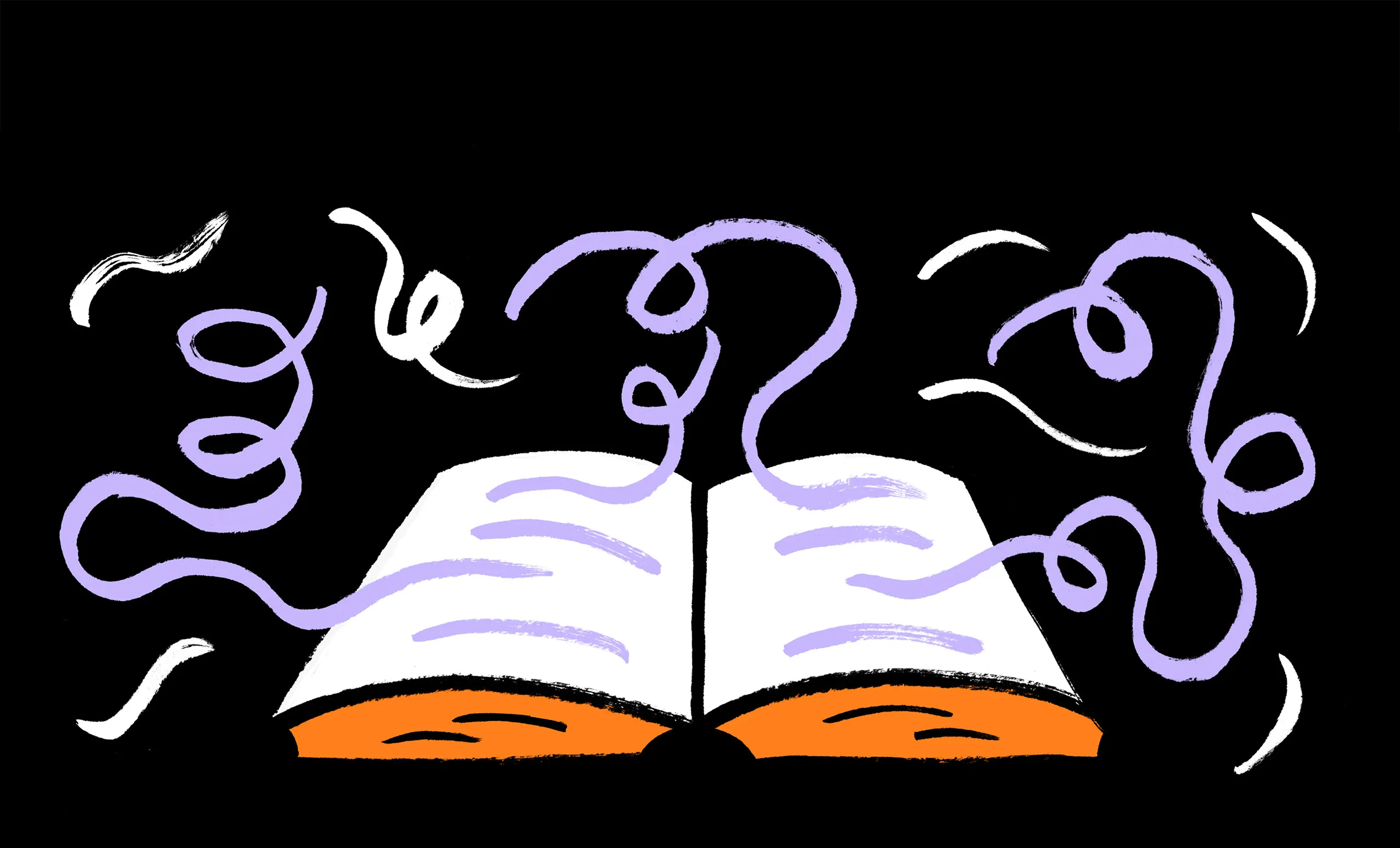Poetry stands as one of the oldest and most universal forms of artistic expression, offering insights into the human condition through its myriad forms and styles. It traverses the spectrum of human emotions, from the depths of sorrow to the heights of joy, encapsulating experiences and observations in a language that resonates across cultures and time periods. Poetry’s diversity is a testament to its adaptability and enduring relevance, reflecting the changing landscapes of society and the unchanging essence of human nature. This exploration aims to celebrate the richness of poetry, inviting readers to delve into the wide array of poetic forms that have captivated minds and hearts around the world.

Understanding the Fundamentals of Poetry
Understanding the fundamentals of poetry is essential for appreciating the art form’s depth and diversity. Poetry is characterized by its deliberate structure, use of heightened language, and emphasis on rhythm and sound. Unlike prose, which is bound by the grammatical rules of sentences and paragraphs, poetry liberates expression through various structures, from the strict patterns of sonnets to the free flow of free verse. This freedom allows poets to craft works that evoke emotions and provoke thoughts in ways that transcend ordinary language. By exploring poetry’s fundamental elements, such as meter, rhyme, imagery, and metaphor, one gains insight into the craft of poetry and the myriad ways poets encapsulate complex human experiences within lines of verse.
Traditional Forms of Poetry
Traditional forms of poetry have roots that stretch back to the origins of written literature, embodying the structured elegance and disciplined approach to verse. These forms, such as the sonnet, villanelle, and haiku, adhere to specific patterns of meter, rhyme, and structure, offering poets a framework within which to express their thoughts and emotions. The sonnet, with its 14 lines and intricate rhyme scheme, has been a favorite of poets from Shakespeare to Elizabeth Barrett Browning, allowing for profound explorations of love, death, and beauty. The villanelle, with its repeating lines, lends itself to obsessive and powerful themes, showcased in Dylan Thomas’s “Do not go gentle into that good night.” Meanwhile, the haiku, a form revered in Japanese literature, captures the essence of a moment in just three lines, emphasizing simplicity and clarity. These traditional forms showcase the beauty of constraint, proving that within specific boundaries, vast realms of expression are possible.

Modern and Contemporary Poetry Styles
In contrast to the rigid structures of traditional poetry, modern and contemporary poetry styles often embrace freedom and experimentation. Free verse, without a fixed meter or rhyme scheme, allows poets like Walt Whitman and T.S. Eliot to capture the complexities of modern life and consciousness in sprawling lines and innovative structures. Concrete poetry, where the visual arrangement of text on the page reflects the poem’s theme, pushes the boundaries of how poetry can be experienced. Meanwhile, spoken word and slam poetry, emerging from urban and culturally diverse communities, prioritize rhythm, voice, and performance, making poetry an act of powerful social expression. These modern styles reflect the evolving landscape of poetry, where the rules can be bent or broken to better capture the poet’s voice and the nuances of contemporary experience.
Cultural Variations in Poetry
Poetry’s richness is further deepened by its cultural variations, with each tradition bringing its own forms, themes, and aesthetic values to the art. Arabic poetry, with its long history dating back to pre-Islamic times, often features elaborate rhyme schemes and is rich in imagery and metaphor, reflecting the region’s desert landscapes and historical narratives. Indian poetry, from the ancient Vedas to modern verses, weaves together the spiritual, philosophical, and everyday, utilizing a multitude of languages to express the subcontinent’s diverse cultural tapestry. African poetry, both oral and written, spans a range of themes from colonialism and identity to community and nature, often imbued with the rhythms and cadences of indigenous languages and music. These cultural variations not only enrich the global poetry landscape but also highlight the universal human impulse to find meaning and beauty in the rhythm and imagery of words.
Exploring Poetic Devices and Techniques
Poetic devices and techniques are the tools poets use to enhance the imagery, sound, and meaning of their poems. Metaphor and simile enrich texts with comparative imagery, allowing readers to see the world through new lenses. Alliteration and assonance enhance the auditory experience of poetry, creating musicality and rhythm in the lines. Imagery, crafted through descriptive language, paints vivid pictures that appeal to the senses, transporting readers to the scenes of the poem. Symbolism imbues objects, figures, or colors with deeper meanings, enriching the text with layers of interpretation. Enjambment and caesura manipulate the poem’s pace and pause, guiding the reader’s emotional journey. These devices and techniques are integral to poetry’s expressive power, enabling poets to convey complex emotions and ideas in a condensed form.
Famous Poets and Their Contributions to Different Poetry Forms
Throughout history, famous poets have left indelible marks on the landscape of poetry, pioneering new forms and styles that continue to influence generations. William Shakespeare’s sonnets have defined the form for centuries, marrying profound emotion with exquisite structure. Emily Dickinson’s use of slant rhyme and unconventional punctuation in her short, impactful poems has opened new avenues for poetic expression. Langston Hughes utilized the rhythms of jazz and the experiences of African Americans to enrich his poetry, contributing significantly to the Harlem Renaissance. Modern poets like Sylvia Plath and Lang Leav have explored personal and existential themes, resonating with readers across the globe. These poets, among many others, have expanded the possibilities of poetry, demonstrating its limitless potential to capture human experience.

Celebrating the Richness and Diversity of Poetry Across Cultures
The exploration of the diverse forms and styles of poetry across cultures reveals the art form’s incredible capacity to capture the breadth of human experience. From the structured beauty of traditional forms to the free-spirited expressions of modern styles, poetry remains a vital means of understanding and connecting with the world. The cultural variations of poetry highlight the unique perspectives and shared emotions that bind humanity, transcending geographical and temporal boundaries. As we delve into the works of famous poets and immerse ourselves in the techniques that define their art, we celebrate the richness and diversity of poetry. This journey through the realms of poetry not only enriches our appreciation of the art form but also deepens our connection to the myriad voices that have shaped and continue to shape this timeless expression of life.